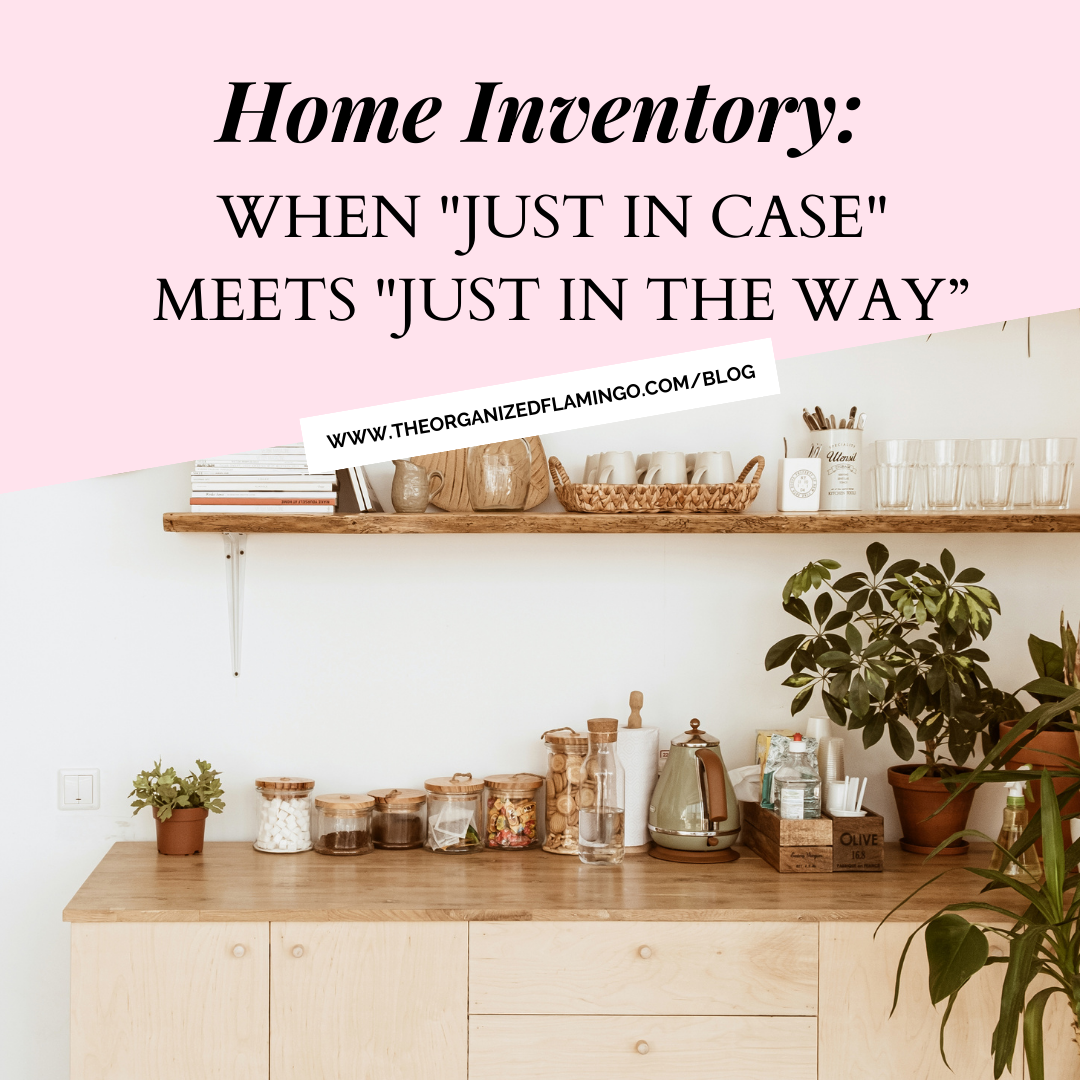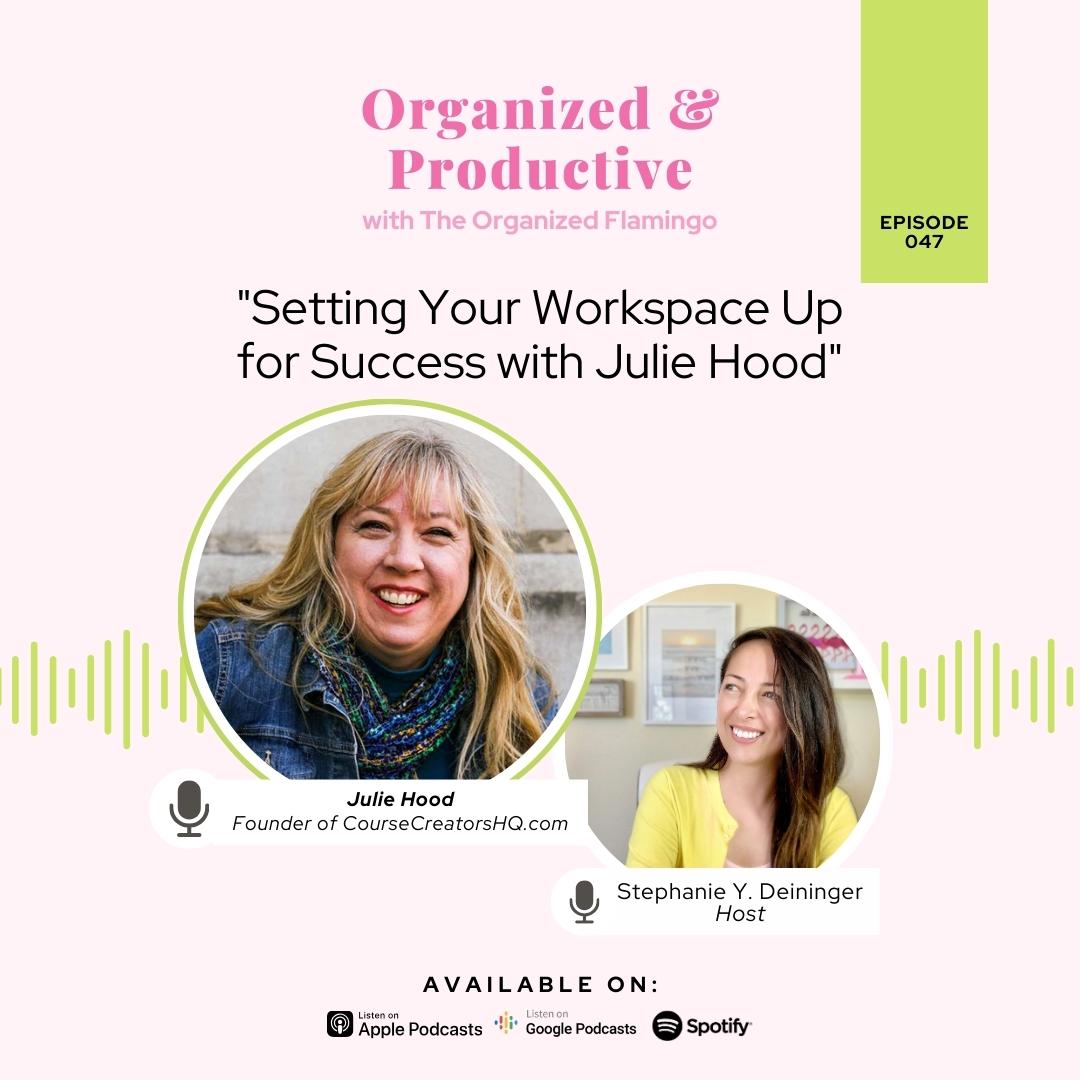Overview
- The appeal of having supplies, tools, and essentials on hand
- The fine line between preparedness and clutter
- This post will explore the benefits, drawbacks, and strategies for managing home inventory
Remember that feeling of smug satisfaction when a winter storm hit and you were the only one on the block who didn't have to scramble for bread and milk? Or when the toilet overflowed, but you had a plunger (and an emergency stash of chocolate) ready to go? That's the power of a well-stocked home inventory.
But let's be honest – that same sense of preparedness can quickly turn into a low-key panic attack when you're buried under a mountain of bulk toilet paper, canned goods you haven't touched since college, and enough batteries to power a small village.
So, how do you strike that magical balance between “just in case” and “just in the way”? Let's take a deep dive into the world of home inventory, exploring the pros, cons, and most importantly, the solutions.
The Upside: Why We Love Having Stuff On Hand
There's just something about knowing you've got everything you need right at your fingertips. It's like a warm hug on a cold day. That feeling of calm when a blizzard rolls in, and you're cozied up with a cup of tea, knowing your pantry is stocked like a mini-mart? Priceless. Or how about whipping up a batch of cookies at midnight, and bam! You've got every ingredient on hand, thanks to your “just in case” baking stash. Being prepared just feels good. Plus, who doesn't love saving a buck? Buying in bulk has definitely saved your wallet from some serious sticker shock. Why do I support keeping inventory? Because it is smart, if you have a plan.
Pros of Keeping Inventory at Home
- Preparedness and Self-Sufficiency: Weather emergencies, unexpected events, peace of mind
- Cost Savings: Buying in bulk makes the per use cheaper, dodge price increases
- Convenience: Avoiding last-minute runs to the store
- Personalization: Stocking items that perfectly suit your tastes and needs (e.g., specialty foods, cleaning products)
- Hobbies and Projects: Having materials readily available for crafting, DIY, etc.
The Downside: When “Preparedness” Becomes a Problem
But let's be honest – that warm fuzzy feeling can quickly turn into a cold sweat when you realize your “emergency stash” has taken over the house. Suddenly, that spare room isn't a potential yoga studio anymore, it's a fortress of toilet paper. The cost of all those bulk buys starts to sting a little when half of it ends up expiring in the back of the pantry. And don't even get me started on the epic scavenger hunts for lost items buried under a mountain of “stuff.” It's not just the clutter that gets to you, it's the stress. The more stuff you have, the more anxious you feel. It's like your house is suffocating under the weight of all that “preparedness.” Here are some of the drawbacks of keeping inventory in your home.
Drawbacks of Keeping Inventory at Home
- Space Constraints: Clutter, limited storage, feeling overwhelmed in your own home
- Financial Burden: Money tied up in unused items, potential for waste if things expire/become obsolete
- Organization Challenges: Difficulty tracking what you have, buying duplicates unnecessarily
- Risk of Damage/Spoilage: Pest infestations, leaks, fire hazards
- Psychological Impact: Stress and anxiety from feeling surrounded by “stuff”
Finding Your Happy Place: The Goldilocks Zone of Home Inventory
The goal isn't to become a minimalist or to completely abandon the idea of having essentials on hand. It's about finding the right balance for you and your family.
Maybe it means stocking up on a few extra weeks' worth of non-perishables, having a well-stocked first-aid kit, and keeping some basic tools on hand. Or perhaps it means having enough art supplies to keep your creative juices flowing or ensuring you have enough pet food to last through a minor emergency.
It can work, you just have to have a plan. Here are my recommended solutions based on the problem you are facing:
Solutions for the Cons of Home Inventory
- If storage is the problem:
- Maximizing vertical space with shelves, racks, hooks
- Clear, labeled bins and containers
- Fit the storage to the space (might be a good time to invest in a storage solution that actually fits in the space)
- If it feels overwhelming when you go to look for something:
- Try an inventory app or spreadsheet. Explore tools and apps designed to help manage home inventory
- Log quantities, expiration dates, locations. Barcode/QR code systems for easy scanning
- If it feels “messy”
- Regularly declutter and evaluate
- Setting aside time tto go through inventory and discard/donate unused items
- Adjusting buying habits based on actual usage
- First-In, First-Out (FIFO) System:
- Placing newer items behind older ones to ensure nothing gets forgotten
- Prioritizing Essentials:
- Focusing on a reasonable amount of non-perishable foods, first-aid supplies, tools, etc.
- Resisting impulse buys of “just in case” items
- Creative Solutions:
- Shared inventory with neighbors or friends for less-used items
- Renting a small storage unit for overflow
Conclusion
- Finding the right balance for your household
- The goal is preparedness, not becoming overwhelmed
- Regular reassessment and organization are key
- The peace of mind that comes from having essentials on hand is invaluable
Whatever your ideal inventory looks like, remember that organization and regular reassessment are key. Aim to organize in a way that makes it as efficient as possible to find things. The peace of mind that comes from being prepared is priceless, but it shouldn't come at the cost of your living space or your sanity. So go forth, fellow home inventory warriors, and may your homes be filled with just the right amount of “just in case.”
Stephanie Y. Deininger, CPO®, MBA
Pro Organizer & Founder | The Organized Flamingo
—————–
Did you know that we are available for 1:1 sessions or to speak with your group about multi-generational decluttering, sandwich generation organizing and finding the best solutions for your family as you downsize? Schedule a call or join our weekly email newsletter for all-things organizing & productivity delivered right to your inbox: https://theorganizedflamingo.com/quicklinks



